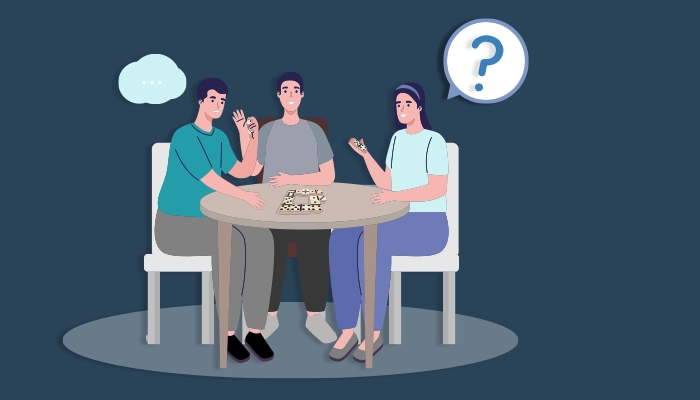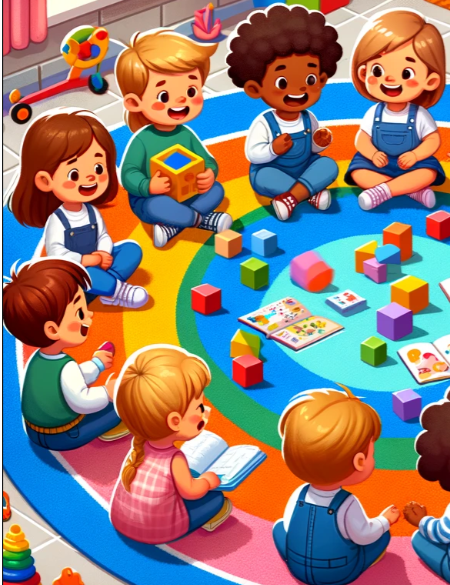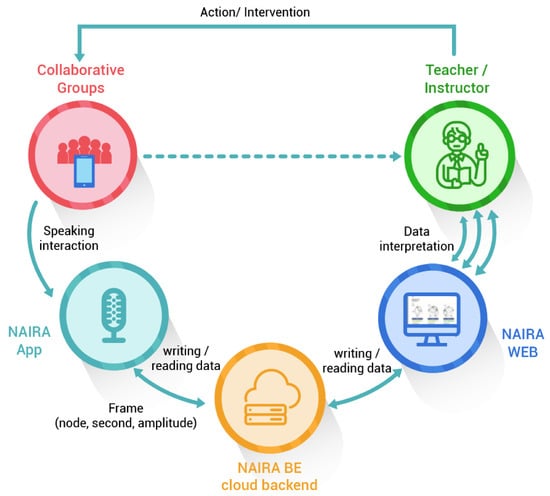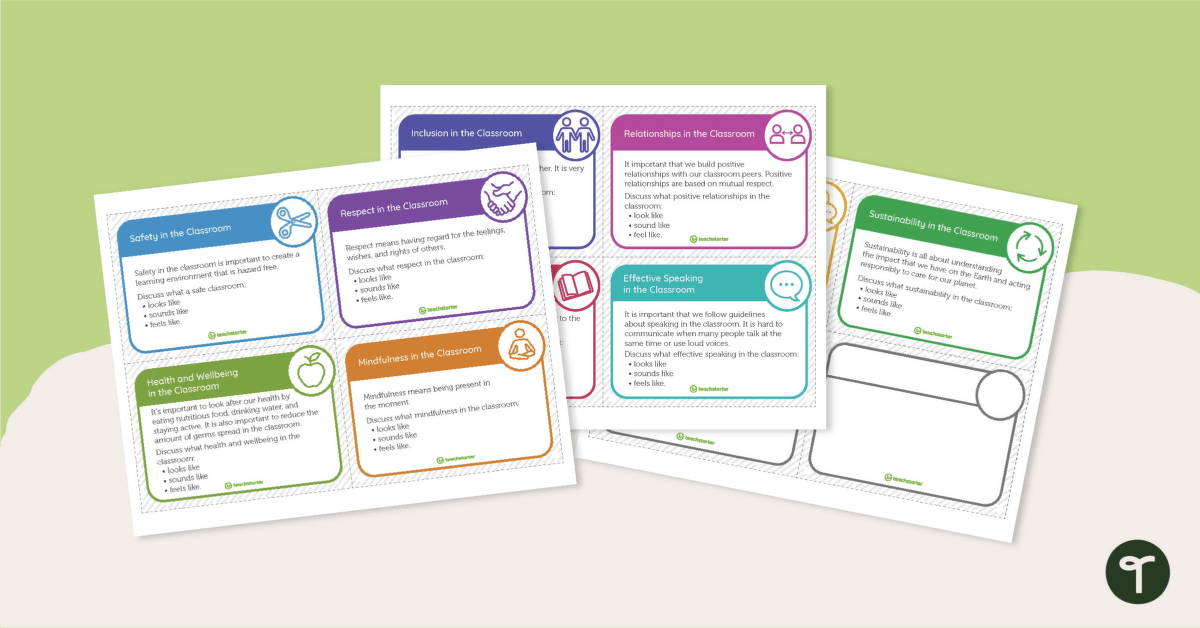The Art of Visual Turn-Taking: Enhancing Communication Through Visual Cues
Understanding how visual elements transform conversational dynamics
I've always been fascinated by the subtle dance of conversation—how we know when to speak, when to listen, and how visual cues guide this intricate process. In this comprehensive guide, I'll explore how visual supports can transform abstract turn-taking concepts into tangible tools that enhance communication across different contexts and populations.
Understanding Conversation Turn-Taking Fundamentals
Turn-taking is more than just a polite social convention—it's a foundational skill that enables meaningful human connection. When I first began studying communication patterns, I realized that this seemingly simple back-and-forth exchange is actually a complex choreography that many of us perform unconsciously.

The Three Components of Effective Turn-Taking
According to research in social-emotional learning, effective turn-taking consists of three main components:
flowchart TD
A[Turn-Taking Components] --> B[Listening]
A --> C[Waiting]
A --> D[Responding]
B --> E[Active attention to speaker]
C --> F[Processing without interrupting]
D --> G[Relevant contribution]
I've observed that these components create a rhythm to conversation that, when mastered, feels natural and engaging. However, this rhythm doesn't come easily to everyone. Children with autism or speech delays often struggle significantly with these skills, as turn-taking requires both social awareness and communication abilities that may be challenging for them.
For many individuals, particularly those with communication disorders, the abstract nature of conversation makes turn-taking difficult to grasp. This is where visual communication becomes invaluable—transforming invisible social rules into concrete, visible guidelines.
The Visual Dimension of Conversational Exchanges
I've found that conversation is far more than just words—it's a rich tapestry of visual cues that signal when to speak and when to listen. These non-verbal signals form an intricate system that regulates the flow of dialogue, often operating below our conscious awareness.

Key Non-Verbal Signals in Turn-Taking
In my experience working with diverse communicators, I've noticed that these visual cues can be particularly challenging for some individuals to interpret. This is where explicit visual supports come in—they externalize the implicit rules of conversation, making them accessible to those who struggle with social inference.
Visual supports transform abstract concepts into concrete, tangible processes. For example, a visual turn-taking card can explicitly show whose turn it is to speak, removing the need to interpret subtle social cues. This approach aligns with broader visual communication examples that make complex information more accessible.
Visual Support Strategies for Teaching Turn-Taking
Throughout my years working with diverse learners, I've collected a variety of visual strategies that transform the abstract concept of turn-taking into concrete, visible processes. These approaches provide scaffolding that gradually builds conversational competence.
The "Invisible Ball" Technique
One of my favorite strategies involves using an imaginary ball to represent the speaking turn. As described by communication specialists, this activity begins by gathering students in a circle and explaining the concept of taking turns in a conversation. Students pretend they are holding an invisible ball that they must pass to someone else when it's their turn to speak.

Visual Cue Cards and Supports
I've found that tangible visual supports provide concrete cues for abstract conversational concepts. These might include:
- Turn-taking cards with clear "my turn" and "your turn" visuals
- Visual sentence starters like "I think..." or "Can you tell me more about..."
- Conversation flow charts showing the back-and-forth pattern
- Visual timers that indicate appropriate speaking duration
flowchart TD
A[Turn-Taking Visual Supports] --> B[Static Visuals]
A --> C[Interactive Visuals]
A --> D[Digital Visuals]
B --> B1[Cue Cards]
B --> B2[Posters]
B --> B3[Visual Schedules]
C --> C1[Turn-Taking Objects]
C --> C2[Role Play Visuals]
C --> C3[Board Games]
D --> D1[Apps]
D --> D2[Interactive Displays]
D --> D3[AI-Generated Visuals]
The "Turn and Talk" methodology is particularly effective when enhanced with visual supports. I've implemented this in various settings by providing visual reminders of listening behaviors, speaking time limits, and relevant conversation topics.
With PageOn.ai's AI Blocks feature, I can now create customized visual turn-taking supports tailored to specific learning needs. For instance, I can generate a visual conversation flow diagram that incorporates a student's special interests to increase engagement while teaching the structure of dialogue.
Digital Transformation of Turn-Taking Visualization
I've witnessed a fascinating evolution in how technology transforms our ability to visualize conversation dynamics. Digital tools now offer unprecedented ways to make the invisible patterns of turn-taking visible and accessible.

Modern Approaches to Visualizing Conversation
The integration of AI chat with pictures represents a significant advancement in turn-taking skill development. These tools create visual representations of conversation that help users understand the rhythm and balance of dialogue in new ways.
I'm particularly excited about tools that provide real-time visual feedback on conversation participation. These applications can display speaking time distribution, turn frequency, and even interruption patterns, making invisible conversation dynamics visible for analysis and improvement.
PageOn.ai's Deep Search capability has transformed how I integrate visual supports into different conversational contexts. By analyzing the specific communication needs of a situation, it can suggest appropriate visual strategies that support balanced turn-taking while respecting the unique requirements of that context.
Applying Visual Turn-Taking Across Different Contexts
Through my work across various settings, I've discovered that visual turn-taking strategies must be adapted to fit the unique demands of different environments. Let's explore how these approaches can be tailored for educational, therapeutic, and professional contexts.
Educational Settings

In classrooms, I've implemented visual turn-taking systems that promote equitable participation. Research has shown that gender and status differences significantly impact turn-taking patterns—boys tend to speak more than girls in classes taught by men, while girls participate more with female instructors, though often in shorter bursts.
Visual supports can help address these imbalances by making participation patterns visible. For example, a simple chart tracking speaking turns can raise awareness of participation inequities and encourage more balanced engagement.
Therapeutic Applications
In therapeutic settings, I've seen how specialized visual turn-taking interventions can significantly impact speech and language development. For children with autism, visual supports serve as a bridge to communication, making abstract social rules concrete and understandable.
flowchart TD
A[Progressive Visual System] --> B[Basic Turn Recognition]
B --> C[Simple Exchanges]
C --> D[Multi-Turn Conversations]
D --> E[Topic Maintenance]
E --> F[Conversation Repair]
B -.-> B1[Visual Cards]
C -.-> C1[Exchange Boards]
D -.-> D1[Conversation Maps]
E -.-> E1[Topic Wheels]
F -.-> F1[Repair Strategy Visuals]
Progressive visual systems build conversational competence step-by-step, starting with basic turn recognition and gradually advancing to more complex skills like topic maintenance and conversation repair strategies.
Professional Communication
In workplace settings, I've implemented visual turn-taking tools that transform meeting dynamics. Digital tools that visualize speaking time and participation metrics have proven particularly valuable for ensuring all voices are heard in collaborative environments.
PageOn.ai's Vibe Creation feature has been instrumental in transforming abstract turn-taking concepts into clear visual protocols for professional settings. By creating custom visualizations of ideal conversation flow, teams can establish shared expectations for how meetings should be conducted.
Creating Effective Turn-Taking Visual Supports
Through years of designing visual supports, I've developed a set of principles that ensure these tools are clear, intuitive, and effective across diverse populations and contexts.

Design Principles for Turn-Taking Visuals
flowchart TD
A[Visual Support Design Principles] --> B[Clarity]
A --> C[Consistency]
A --> D[Customization]
A --> E[Progression]
B --> B1[Simple, uncluttered layout]
B --> B2[High contrast colors]
B --> B3[Clear visual hierarchy]
C --> C1[Consistent symbols]
C --> C2[Predictable formats]
C --> C3[Standardized color coding]
D --> D1[Adaptable to interests]
D --> D2[Adjustable complexity]
D --> D3[Culturally responsive]
E --> E1[Builds skills incrementally]
E --> E2[Scaffolds independence]
E --> E3[Reduces prompts over time]
Color coding is one of the most powerful techniques I've used in creating turn-taking visuals. For example, assigning green to "speaking" and red to "listening" creates an intuitive system that even very young children can understand. This approach aligns with established visual communication design principles that leverage color psychology.
Symbols and icons must be carefully selected to ensure they communicate clearly across different developmental levels. I've found that combining realistic images for concrete concepts with more abstract symbols for complex ideas creates an effective visual vocabulary for turn-taking.
Sequencing techniques in visual supports help users understand the temporal flow of conversation. Visual timelines, numbered steps, or flowing arrows can all represent the back-and-forth nature of dialogue in ways that make sense to diverse learners.
With PageOn.ai, I've been able to transform vague turn-taking concepts into structured visual frameworks. The platform's ability to generate custom visual supports that precisely match specific communication needs has been invaluable in my work across different populations.
Measuring Success: Visual Documentation of Turn-Taking Progress
In my experience, visual tracking of turn-taking progress serves two crucial functions: it provides objective data on skill development and it motivates continued growth by making progress visible and concrete.

Methods for Visually Tracking Progress
I've implemented several effective approaches for visually documenting turn-taking skill development:
- Conversation maps that track topic maintenance and turn balance
- Visual graphs showing turn frequency and duration over time
- Color-coded calendars highlighting days with successful turn-taking
- Progress thermometers or ladders showing skill acquisition
Visual data representation helps users understand their conversation patterns in new ways. I've found that when people can literally see their progress, they develop greater metacognitive awareness of their communication habits.
PageOn.ai's visualization capabilities have transformed how I approach progress tracking. The platform can take abstract conversation data—like turn frequency, duration, or topic relevance—and transform it into meaningful visual insights that both practitioners and learners can easily interpret.
This visual approach to progress monitoring follows key rules of visual communication by making complex data accessible and engaging while providing actionable insights for continued improvement.
Future Directions: Advanced Visual Turn-Taking Technologies
As I look toward the horizon of visual turn-taking technologies, I see exciting developments that will transform how we understand and teach these essential skills. The integration of AI, machine learning, and advanced visualization is opening new frontiers in communication support.

Emerging Technologies for Conversation Visualization
Real-time visual feedback systems are evolving rapidly, with applications that can analyze conversation dynamics and provide immediate visual cues to support balanced participation. These tools are becoming increasingly sophisticated in their ability to detect subtle conversational patterns.
flowchart TD
A[Advanced Turn-Taking Technologies] --> B[AI Analysis]
A --> C[Immersive Visualization]
A --> D[Adaptive Systems]
B --> B1[Pattern Recognition]
B --> B2[Sentiment Analysis]
B --> B3[Predictive Modeling]
C --> C1[Augmented Reality]
C --> C2[Virtual Reality]
C --> C3[Spatial Computing]
D --> D1[Personalized Feedback]
D --> D2[Context-Aware Support]
D --> D3[Progressive Complexity]
AI and machine learning are creating unprecedented possibilities for visualizing social interactions. Systems can now analyze multimodal communication signals—combining speech patterns, facial expressions, and body language—to create comprehensive visualizations of conversation dynamics.
I believe that PageOn.ai's agentic capabilities represent the next frontier in conversation visualization. By creating intelligent visual systems that can adapt to different communication contexts and individual needs, we're moving toward tools that not only document turn-taking patterns but actively support their development in real-time.
As these technologies evolve, the rules of visual communication will also transform. We'll see new visual languages emerge that can represent the nuances of conversation in increasingly sophisticated ways, making the invisible patterns of dialogue visible and accessible to all.
Transform Your Visual Communication with PageOn.ai
Ready to create stunning visual turn-taking supports that enhance communication and understanding? PageOn.ai's powerful visualization tools make it easy to transform abstract conversation concepts into clear, engaging visuals.
Start Creating with PageOn.ai TodayBringing It All Together
Throughout this exploration of visual turn-taking, I've shared how visual supports transform abstract conversation concepts into concrete, accessible tools. From simple cue cards to sophisticated AI-powered visualization systems, these approaches make the invisible patterns of dialogue visible and understandable.
The power of visualization in supporting turn-taking cannot be overstated. By making conversation structure visible, we create opportunities for more inclusive, balanced, and meaningful communication across diverse populations and contexts.
As we look toward the future, the integration of advanced visual technologies with conversation analysis promises to revolutionize how we understand and teach these essential skills. PageOn.ai stands at the forefront of this evolution, offering powerful tools that transform how we visualize, analyze, and improve conversational turn-taking.
I encourage you to explore these visual approaches in your own communication contexts—whether educational, therapeutic, or professional. By making the invisible visible, we can create more inclusive and effective communication environments for everyone.
You Might Also Like
The Art of Text Contrast: Transform Audience Engagement With Visual Hierarchy
Discover how strategic text contrast can guide audience attention, enhance information retention, and create more engaging content across presentations, videos, and marketing materials.
Beyond Bullet Points: Transform Your Text with Animated Visuals | PageOn.ai
Discover how to transform static bullet points into dynamic animated visuals that boost engagement by 40%. Learn animation fundamentals, techniques, and AI-powered solutions from PageOn.ai.
Stock Photos in Presentations: Bringing Vibrancy and Depth to Visual Storytelling
Discover how to transform your presentations with strategic stock photography. Learn selection techniques, design integration, and visual consistency to create compelling visual narratives.
The AI-Powered Pitch Deck Revolution: A Three-Step Framework for Success
Discover the three-step process for creating compelling AI-powered pitch decks that captivate investors. Learn how to clarify your vision, structure your pitch, and refine for maximum impact.